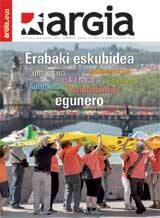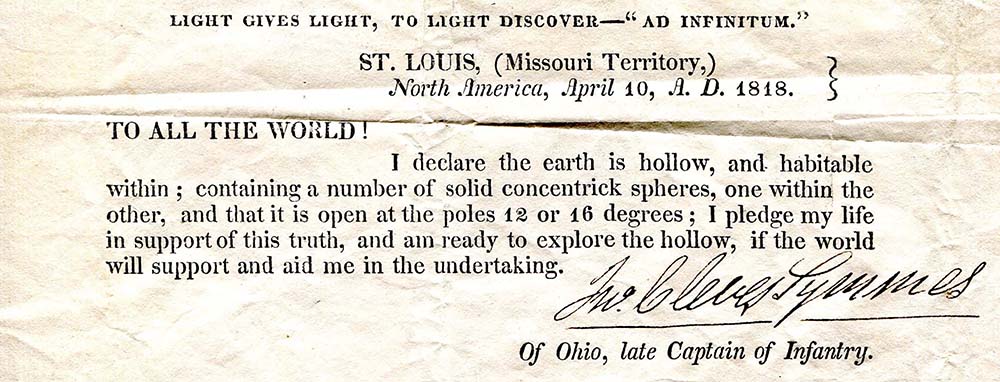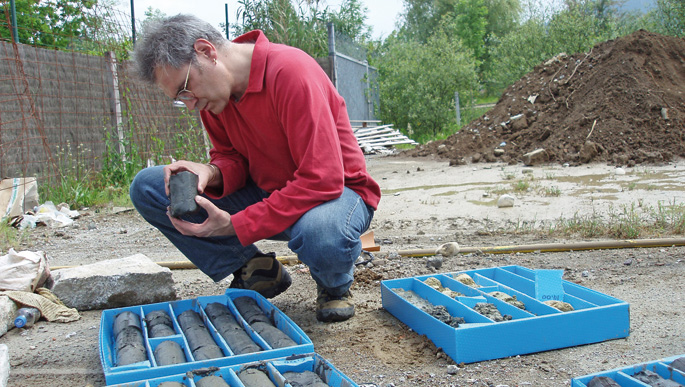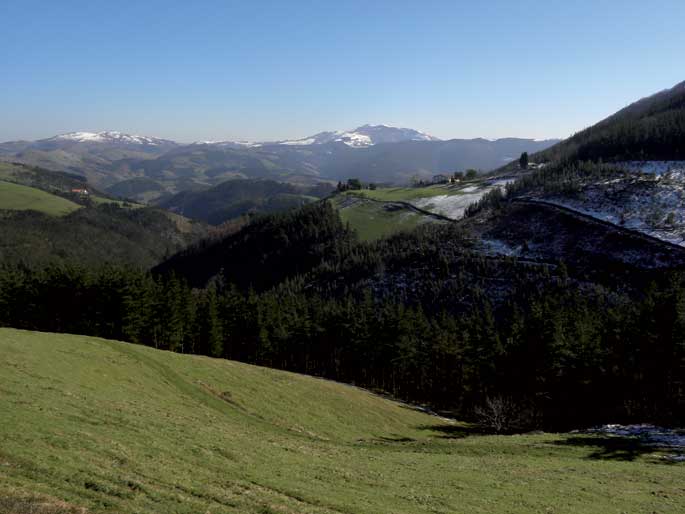Nepaleko lurrikaretako batek Everest mugitu du
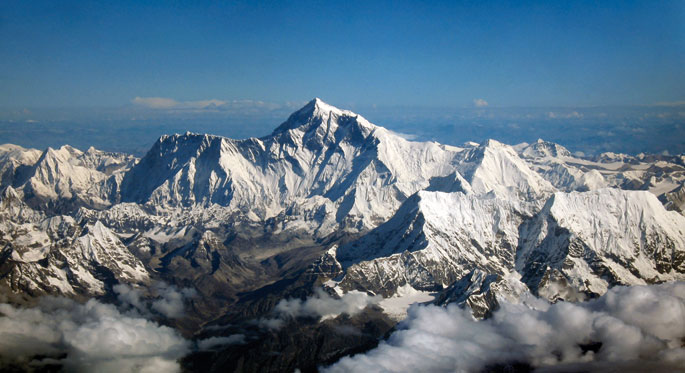
2015eko apirilaren 25ean Nepalen gertatu zen lurrikarak, herrialdea hankaz gora jartzeaz gain, lekuz aldatu ditu gauzak. Hala, Txinan lurrikarak aztertzen dituen erakunde baten arabera, Everest hiru zentimetro mugitu da hego-mendebalderantz. Datu hori ezagututa baten batek pentsatuko du horrenbestez GPS koordenatuak aldatu beharko direla, eta hala da, baina esan beharra dago Everest, beraren azpian dauden xafla tektonikoen mugimenduaren eraginez, etengabe ari dela mugitzen.
Urtero, munduko mendi altuena lau zentimetro higitzen da ipar-ekialdera. Hortaz, azken hamar urteotan 40 zentimetro mugitu da. Lurrikarak mugimendu hori atzeratu baino ez du egin, hau da, orain urtebete zuen posiziora itzularazi du, gutxi gorabehera.
Baina Everest behetik gora ere mugitzen ari da, hau da, altxatzen. Horizontalean baino mugimendu txikiagoa du; hala ere, urtero 0,3 zentimetro handitzen dela kalkulatu da. Beraz, haren altuera 8.848 metrokoa dela esaten dugunean badakigu zifra ez dela zehatza, hitzartutako garaiera ofiziala baizik. Eta hala ere, txinatarren arabera Everest hori baino lau metro txikiagoa da, tontorrean duen lau metroko izotz geruza kendu behar baitzaio.
Londres, 1692. Edmund Halley (1656-1742) astronomo, matematikari eta fisikariak, bere abizena daraman kometaren orbita kalkulatzeagatik ezaguna, Lur barnehutsaren kontzeptua proposatu zuen lehenengoz.
Badakigu Euskal Kostaldeko Geoparkeko flyscha munduan bakarra dela. Baina flyscharen ospeak ez gaitzala itsutu, Geoparkearen barnealde karstikoak merezi du eta. Duela milioika urteko korala kareharri bihurtu eta ura kareharri hori moldekatuz joan da, bailara itxiak, erliebe... [+]
Zientzialariak eztabaidatzen ari dira ea Antropozenoan ote gauden, hau da, gizakion eraginaren ondoriozko garai geologiko berrian. Hasiera data ere proposatu dute: lehen bonba nuklearrak lehertu zirenekoa.









